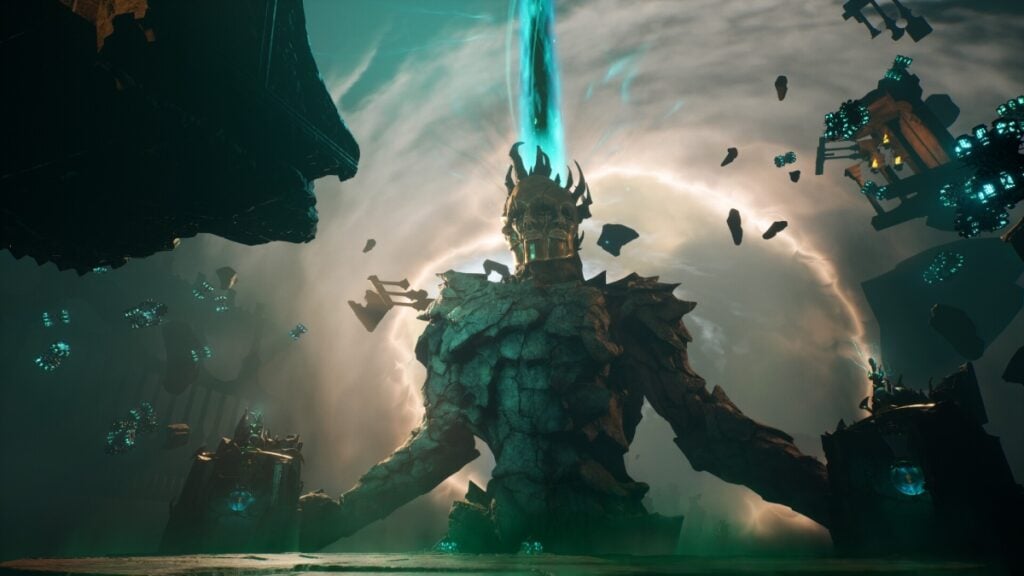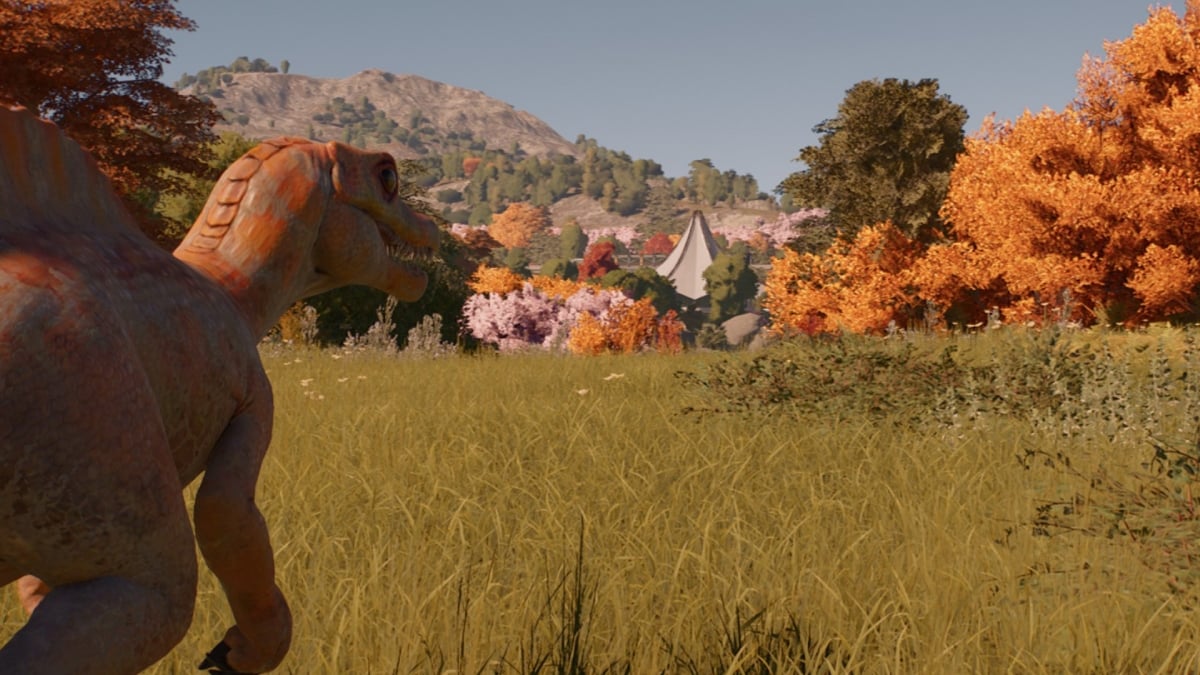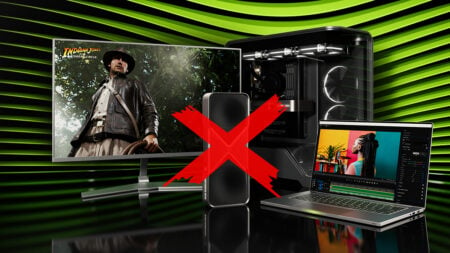Skip To...
If I had a nickel for every time a game managed to stain the name of a beloved franchise this month, I’d have two nickels, and well, you know how the saying goes. The name Painkiller might ring some niche bells, as one of the most fun and chaotic first-person shooters, and also one of the most beloved obscure franchises out there. What could’ve been a proper revival and a love letter to die-hard fans of this series ended up being one of the most uninspiring and tedious shooters I’ve played in recent memory.
A Hellish Show With No Substance
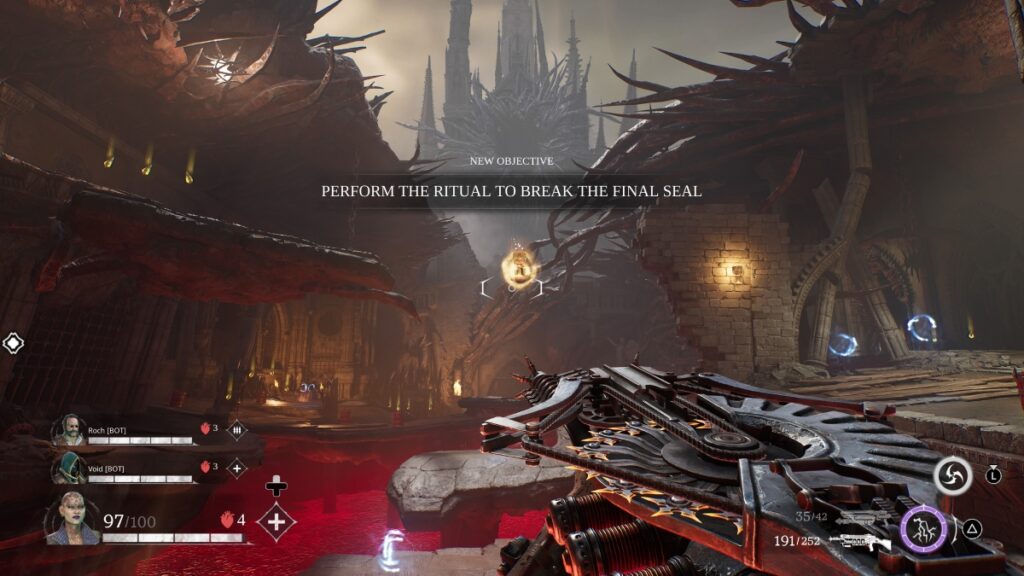
Painkiller moves away from its single-player roots to pursue the co-op high that many studios have chased —and, unfortunately, does so poorly. Painkiller puts you in a mandatory three-person party, whether it is with the other two real players or two AI bots, to dive into the depths of nine purgatory levels that, despite their stunning visuals, offer nothing worth remembering.
After the tutorial, you’ll be able to pick between any of the four most forgettable and cardboard cutout-like characters I’ve seen in a shooter, which should tell you something. Each one of them offers a passive effect, such as faster energy regeneration, that should nudge you into picking one or the other to create some team coordination. Yet, it doesn’t matter at all, as these bonuses rarely come into play or feel remotely noticeable to make one character more useful than the other.
After that, you can pick between different weapons, with two unlocked at first and a few others becoming available whenever you acquire the necessary currency. And before jumping into the portal, you can choose, or rather, purchase random tarot cards that give you passive bonuses. There’s a catch, however, as ending a run will burn whichever cards you pick, which you can then restore by spending Lost Souls, but I’ll delve into that messy system later.
Now, let’s move on to the good part, which is, thankfully, one of the core aspects of Painkiller: its gunplay. Out of the many complaints I have about the game, its gunplay isn’t one of them—it is superb. For me, a proper shooter is the one that lets you feel each shot as it leaves the chamber and smashes a foe to smithereens, and in that regard, Painkiller knocked it out of the park. Unfortunately, that high-quality philosophy stopped there, nowhere else to be seen outside its weapon design.

Each weapon comes with two modes, or rather three. You get your normal firing mode, such as the shotgun firing devastating short-range blasts, and then either a secondary mode that freezes enemies or one that pushes them away. You can then unlock upgrades to change how each module operates, like the Stakegun changing its firing mode from one stake to three. In terms of upgrading and customization, I found it interesting enough and something that encouraged me to try to unlock the next upgrade, even if that excitement was fleeting.
Enemies aren’t that memorable and stand there as cannon fodder, which is perfectly fine, as watching them become icicles to be then shattered by your bullets is a gory spectacle. Bosses, on the other hand, are terrific, and even if there are three right now, one at the end of each stage, every single one is great to fight due to their mechanics, and also a joy to watch, as these set pieces are among the few salvageable things of Painkiller.
Overall, Painkiller shines in its first-person shooter mechanics, offering fast-paced gameplay and interesting weapons with engaging upgrades. However, there aren’t a lot of things that justify picking up each weapon constantly because you only need a couple of hours to see everything this FPS has to offer.
Futile Raiding
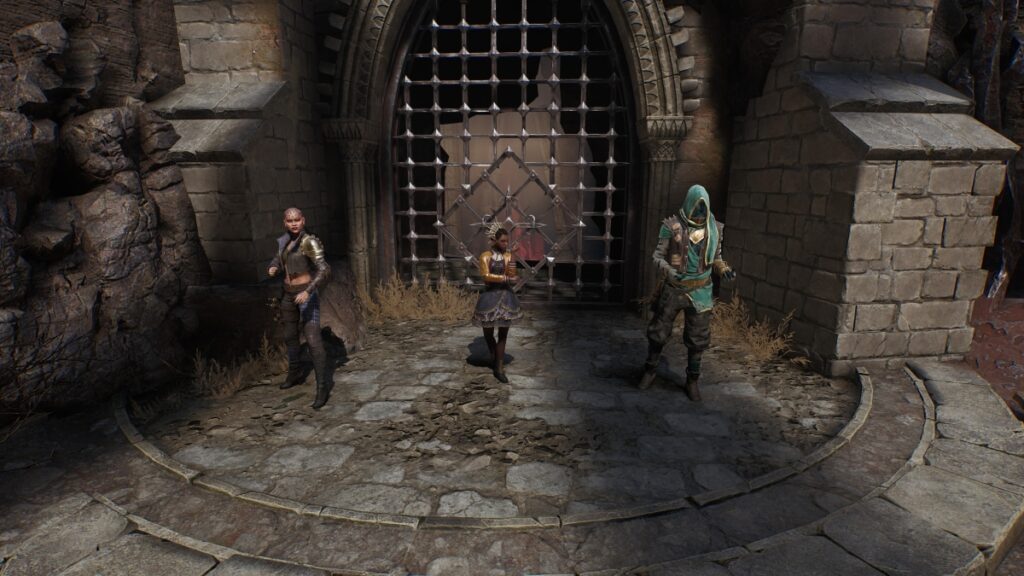
For whatever reason, Painkiller is now a co-op with a roguelike dressing. While there is an offline mode, you’ll always bring some AI partners to help you during your raids, which is what the game calls its levels. And each of these stages is as shallow as the one before due to its repetitive objectives and mind-numbing mechanics.
As I mentioned, there are nine stages and a roguelike mode, the latter being the slightly more fun-to-play game mode. However, if you want some narrative, which I’m not sure deserves that name, as it is almost non-existent, you’ll be jumping into Raids.
Every raid leads you through one uninspiring objective to another, and the loop usually goes as such: arrive at a room, clear three waves of enemies, move to the next room, grab an object and throw it somewhere, move to the next room, defeat other waves of enemies, and finish the raid.
There was one point during the first set of raids that I got tired of filling up Blood Tanks over and over first, because it doesn’t allow you to use any weapon while carrying it, making you a glorified mule, and second. After all, after the fifth time playing this objective, it loses its charm.
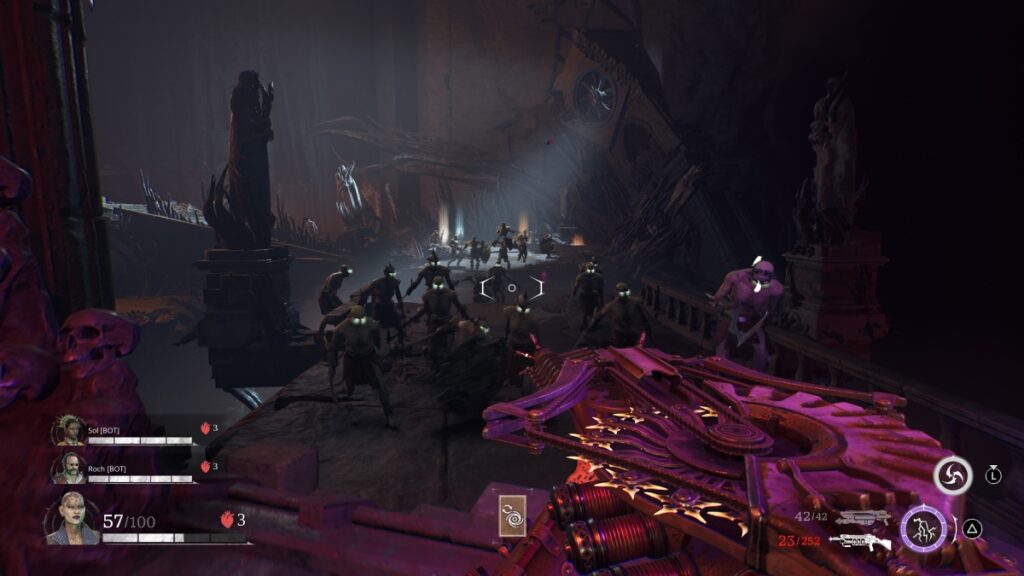
I’d love to say that this type of mission design is exclusive to one of the raids, but the truth is that it just gets a different coat of paint in other levels, switching the blood tank for another item you have to carry. For a game that shines with its fast-paced gameplay and superb gunplay, the objectives feel disconnected from it, making the whole mission structure feel weak.
Oh yes, and regarding replayability, different difficulty modes push toward playing with other real players, as they perform better than AI partners, but the truth is that these difficulty modes don’t add something worth chasing other than better rewards that you’ll undoubtedly need because the grind to unlock weapons or restore cards is extremely tedious.
Yet, credit where it’s due, as, to my surprise, the game ran quite well on PS5. I experienced screen freezes when changing areas, but they were rare. In terms of performance, it was an absolute win, and despite the dozens of enemies exploding at the same time, along with different visual effects from three characters on top of enemy attacks, I never felt as if my framerate dropped.
A Shooter Stuck in Purgatory
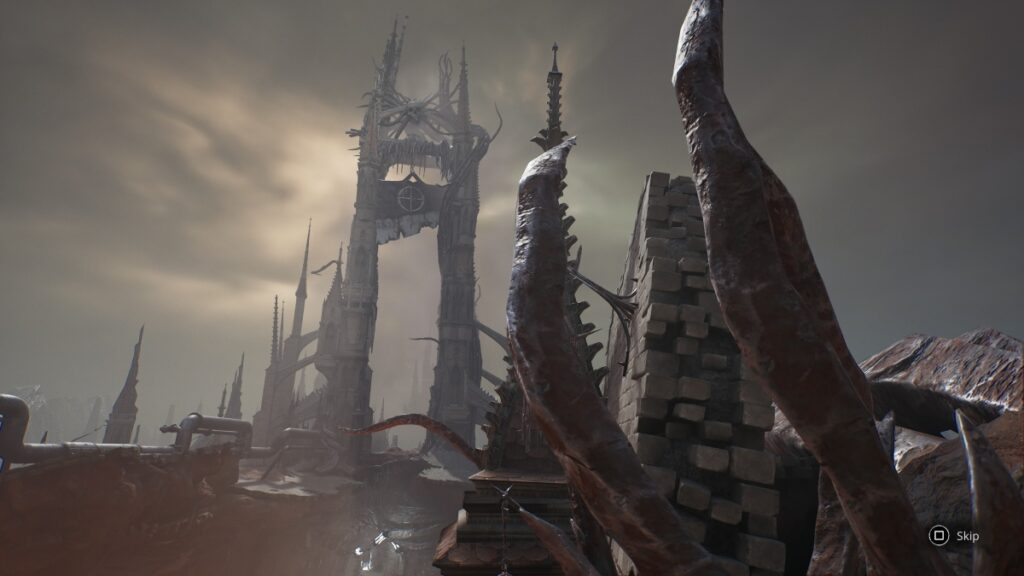
Ultimately, Painkiller does the worst it could’ve done for the franchise: it leaves a permanent stain on it. The beloved shooter is nowhere to be seen; this game is Painkiller in name only, with nothing else from its niche predecessors. Even if the gunplay is superb, the boss fights are visually stunning with some engaging mechanics, and its gun upgrades are interesting, they aren’t enough to carry this game.
It is sad, really, because, with how saturated and full of underwhelming shooters the genre is, Painkiller could have been the light at the end of purgatory. Unfortunately, it stays in the place from whence it came, making it a disappointment for die-hard fans and another shooter who joins the forgettable ranks.
Review copy provided by the publisher.
Painkiller (PS5 Reviewed)
Painkiller undeservedly wears the name of the beloved shooter and nothing else. Even if its gunplay is excellent, everything else from missions to progression is uninspiring, making it an underwhelming addition to the niche franchise.

